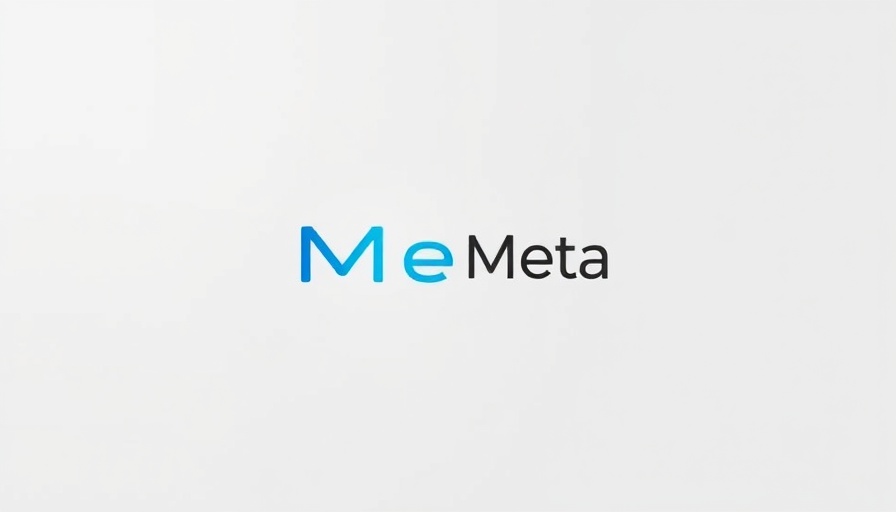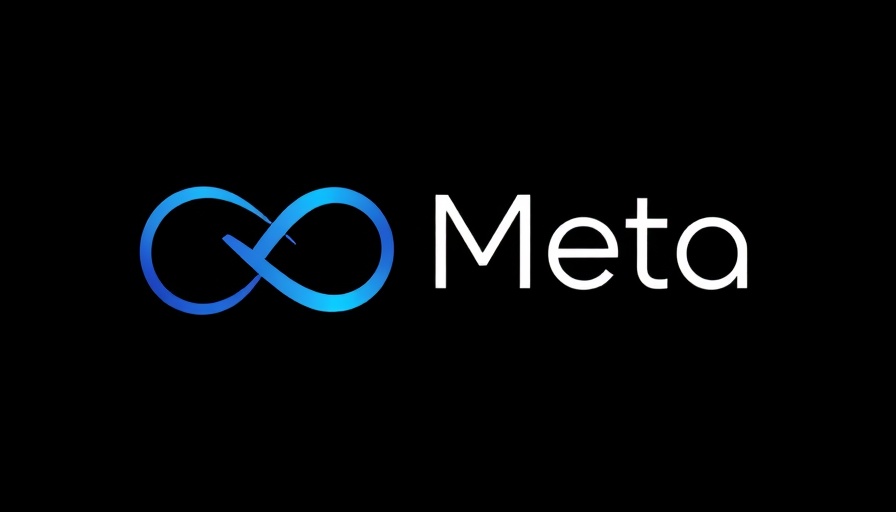
Mastering Google Ads: Your Essential Guide
So, you’ve decided it’s time to dive into the world of Google Ads. This powerful platform can elevate your business by driving targeted traffic to your website. Whether you’re a business owner, a marketing professional, or part of a small company lacking a dedicated marketing department, understanding the basics of Google Ads is crucial in today’s digital landscape.
Key Steps to Get Started
Starting with Google Ads doesn’t have to be overwhelming. First, you'll want to pinpoint when to launch your campaigns effectively. Seasonality, industry trends, and product launches are all important factors to consider. Setting a timeline that aligns with your business goals can make a significant difference in your campaign’s outcome.
The Power of Keyword Research
Successful ad campaigns hinge on robust keyword research. Effective keywords directly impact your ad visibility. Utilize tools like Google’s Keyword Planner to discover terms that potential customers are searching for. Focus on both high-traffic and niche keywords to ensure your ads reach the right audience.
Metrics Matter: Track Your Success
What gets measured gets managed. Tracking the right metrics is essential to understanding your campaign's performance. Key performance indicators (KPIs) such as click-through rates (CTR) and conversion rates provide valuable insights into how well your ads resonate with users. Without this analysis, you're navigating in the dark.
Utilizing Negative Keywords
Another crucial element is the strategic use of negative keywords. By excluding certain terms, you focus your ads on the right audience, reducing wasted ad spend and improving your return on investment (ROI). This strategy ensures that your ads aren’t displayed for irrelevant searches.
Choosing the Right Campaign Type
Finally, select the campaign types that best serve your business goals. Options range from Search and Display ads to Shopping and Video campaigns, each offering unique advantages. Evaluate your objectives and your audience to determine the most effective ad strategies for your brand.
As you embark on your Google Ads journey, remember that learning and optimizing your strategies is a continuous process. With the right approach and commitment, you can create campaigns that not only drive traffic but also convert visitors into loyal customers.
 Add Row
Add Row  Add
Add 




Write A Comment